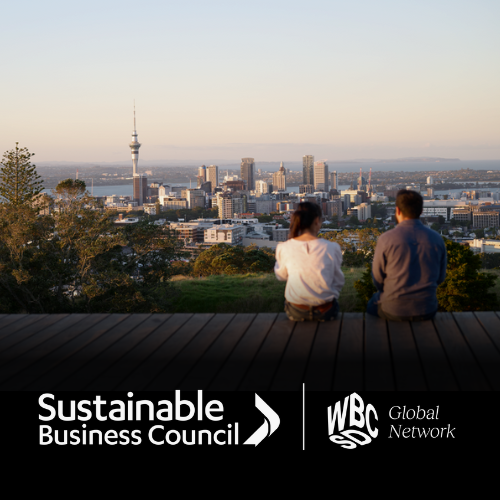Reverse mentoring, targeted development for young people, taking 13-year-olds to Silicon Valley and looking for new ways to use existing skills – these were some of the insights shared with our members at the Annual Council Meeting in August, on the theme of ‘The Future Is Now’.
We invited four business leaders to take part in a panel discussion on the future of work. Read more about what each speaker said and see the individual videos.
Our keynote speaker Sinead Boucher, CEO of Stuff, spoke about the role of media in a changing world, the need for positive narratives around sustainability, and the challenges of artificial intelligence and a distrusting society. The biggest contribution that media can make to sustainability is by rigorous reporting on the issues around it. And using their mass platform and reach to shine a light on positive change as well as what’s going wrong.
“Fake news” is a dangerous term because it’s associated with the news media, who don’t create it. It undermines trust in the very institutions that are fighting to prevent it – making truth-telling even more important.
The ACM was hosted by Spark, and we were welcomed by a mihi whakatau from Te Arepa Morehu, both of Spark and Ngati Whatua Orakei, as well as Andrew Pirie speaking about Spark’s sustainability priorities.
Alistair Davis, SBC Advisory Board Chair and CEO of Toyota New Zealand, opened the event by talking about the broader picture of social and technological change that we are all facing. Four megatrends – global shifts and pressures – frame the world right now: a world on the move, a world that is polarising, a world that wants to work, and a world living beyond its means. While the world may face crises and dangers, change also brings opportunities.
Our executive director, Abbie Reynolds, talked about SBC’s new strategy and what matters to us most – our members. There are no easy solutions in business sustainability – solving one problem can cause others elsewhere. So it’s even more important to think about problems and solutions differently, and actively look ahead and scan the horizon for the issues we need to work on in the next three to five years.

